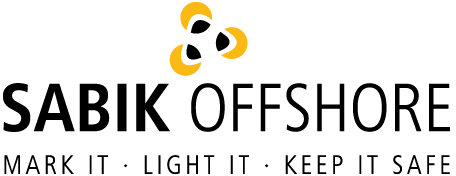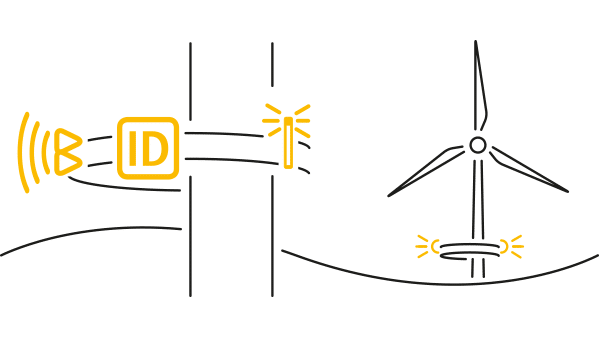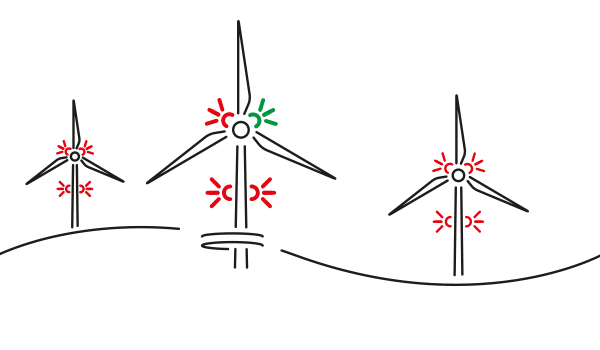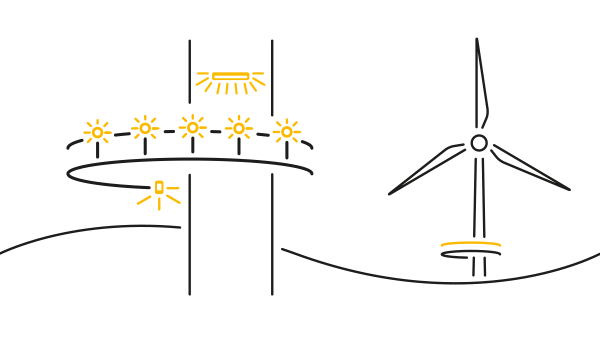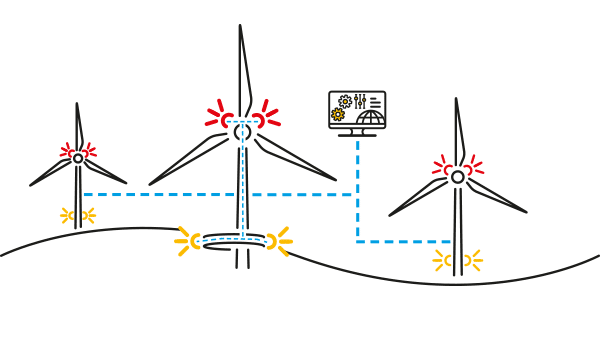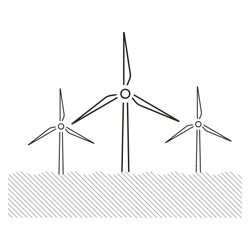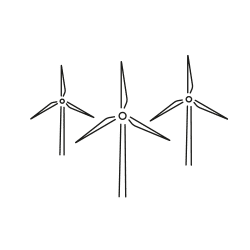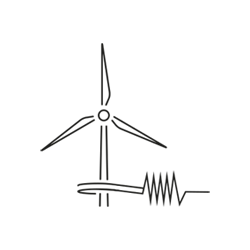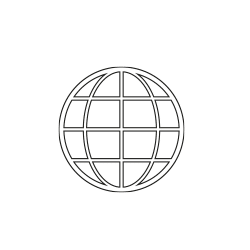Your Experts in
Marking Offshore Wind Farms
You will know that the offshore wind industry is progressing at a faster rate than ever before. As wind farms get larger the marine space is becoming more and more crowded. And as turbines get taller, the impact on aviation is more prominent than before.
Your planning, procurement and project management specifications will require the wind farm to be marked safely and according to all IALA, ICAO and country-specific guidelines.
We provide complete aids to navigation, ID marking, workspace safety lighting, and aviation lighting solutions to the offshore wind industry. Sabik Offshore is solely focused on the marking and lighting of offshore wind farms. Our purpose is making offshore wind farms a safe place to be for everyone.
If you are involved in an offshore wind project, talk to us about your requirements.
For over 20 years, Sabik Offshore has been responsible for
improving safety
enhancing protection
giving warning
providing reliable orientation
all in the harshest offshore environments.
With our experience, expertise, and the trust of our customers, we have become the global leader in marking offshore wind farms. Dedicated to designing products and systems specifically for use in the offshore wind environment, we take care to develop components that are easy to handle, install and commission.
Our Business Principles
Trust
Only through complete trust and partnership with our customers
can we build long-lasting and sustainable solutions.
– – –
Quality
Both through our advice and our products, the quality we deliver
has to withstand the test of time and the harshest offshore environments.
– – –
Simplicity
“Less is More” is a key principle for Sabik Offshore.
We favor streamlined processes, easy-to-use products and clean designs.
Complexity Simplified – Quality Optimized – Project Value Maximized
Sabik Offshore offers complete solutions for marking and lighting offshore wind farms around the globe. With regional experts across the continents, you know that your country-specific requirements will be met, and we will work with you to tailor our products and systems to your project needs.
As the market-leader in lighting for offshore wind farms and the only company dedicated to offshore wind, you can rest assured that you are in good hands.
Our number one priority is the safety of all persons who come into the vicinity of offshore wind farms. Our solutions have you covered from the very beginning of the construction phase, all the years of operation, right through to decommissioning.

Sabik Offshore
Simplicity and quality are always at the forefront of our designs and our approach.
We are always innovating for easier installation, commissioning and maintenance of our products. We seek solutions for our customers that are of the highest quality while still being cost-effective and simple.
In everything we do, we ask ourselves: is this as simple as it can be? From our design philosophy to production processes, and in our day-to-day operations with our customers and with our employees – we love simplicity for its beauty and efficiency.
More about…
…marking offshore wind farms
You are currently viewing a placeholder content from Vimeo. To access the actual content, click the button below. Please note that doing so will share data with third-party providers.
More InformationYou are currently viewing a placeholder content from Vimeo. To access the actual content, click the button below. Please note that doing so will share data with third-party providers.
More InformationYour Experts in Marking
Offshore Wind Farms
Sabik Offshore has dedicated itself to designing products and systems specifically for use in offshore wind farms. We’ve taken extra care to develop components that are easy to handle, to install and to commission.
You are currently viewing a placeholder content from Vimeo. To access the actual content, click the button below. Please note that doing so will share data with third-party providers.
More InformationYou are currently viewing a placeholder content from Vimeo. To access the actual content, click the button below. Please note that doing so will share data with third-party providers.
More InformationYou are currently viewing a placeholder content from Vimeo. To access the actual content, click the button below. Please note that doing so will share data with third-party providers.
More InformationYou are currently viewing a placeholder content from Vimeo. To access the actual content, click the button below. Please note that doing so will share data with third-party providers.
More InformationMarking Offshore Wind Farms
Video Series
PART I – Why Marking Offshore Wind Farms is important? Marking Offshore Wind Farms provides a crucial function during development and operation to ensure the safety of mariners, pilots and service personal as well as the assets themselves. Sabik Offshore is a leader in marking offshore wind farms worldwide.
PART II – How to mark an Offshore Wind Farm? There are many techniques to marking an offshore wind farm such as cardinal buoys, temporary lighting, aids to navigation, AIS, ID marking, fog signals and aviation obstruction lighting. Here we give you a short overview of the purpose of each technique.
PART III – After installing your aids to navigation, AIS, ID marking, fog signals and aviation obstruction lighting, you need to tie it together in a system. The NAi system brings all marking methods together into a cohesive system that is monitored and controlled. This colludes our three part series on marking offshore wind farms.
PART IV – NAi stands for Nav Aid interface. The NAi bus system was created to easily string together multiple components on an offshore wind turbine, making the system design, installation and commissioning simpler. We did this through a variety of innovations.
You are currently viewing a placeholder content from Vimeo. To access the actual content, click the button below. Please note that doing so will share data with third-party providers.
More InformationMarking the Construction Site
of Baltic Eagle
Towards the end of 2022, construction will start on the OSS for Iberdrola’s Baltic Eagle offshore wind farm. In order to ensure a safe working environment, Sabik Offshore was commissioned to mobilize cardinal buoys to mark the construction site.
You are currently viewing a placeholder content from Vimeo. To access the actual content, click the button below. Please note that doing so will share data with third-party providers.
More InformationYou are currently viewing a placeholder content from Vimeo. To access the actual content, click the button below. Please note that doing so will share data with third-party providers.
More InformationYou are currently viewing a placeholder content from Vimeo. To access the actual content, click the button below. Please note that doing so will share data with third-party providers.
More InformationADLS
Aircraft Detection Lighting System
An Aircraft Detection Lighting System known as ADLS or BNK in Germany, is a system that keeps the red aviation lights off at night unless an aircraft is in the area. Normally aviation lights are designed to turn on when it is dark. An ADLS system will bypass this function though, and keep the lights off until necessary, like when an aircraft is in the area.
